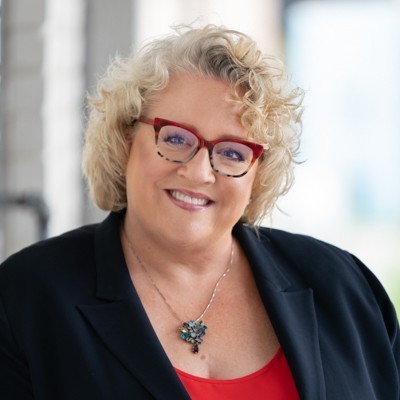Jun 1
2022
Future-Proofing Healthcare To Empower Our Nurses

By Cindy Gaines, chief clinical transformation officer, Lumeon.
Reflecting on the past couple years, it’s become clear that staffing shortages have taken a toll on nursing physically, emotionally and mentally, leading to declining retention rates, inadequate resources, and, at times, concern for their mental health.
Staffing shortages are not just the result of a pandemic, but of an aging workforce. Hospitals are faced with the challenge of addressing the work environment not just in the context of a pandemic, but holistically.
Pain Points
Through the years, we have equipped nurses and care staff with equipment such as computers, pagers, tablets, and zone phones to help them connect with patients, family members, doctors, labs, radiology and outside services. This equipment is necessary for their work but has had unintended consequences. As nurses manage medications and juggle competing priorities, they are constantly bombarded with a world of distraction. This creates safety risks in the care environment.
Additionally, this technology has introduced service expectations created to support the patient and family experience. For example, a phone call must be answered within 3 rings—great customer service for the caller, but it takes the nurse away from the patient currently being cared for. At times, technology meant to support the care process has become a barrier between the nurse and the patient.
This stressful work environment is further complicated by very real staffing issues in our country. Demographic data suggests that the average median age of a nurse is 52 years old and that 20% of RNs are 65 years or older, meaning hospitals can expect gaps in staffing as this age group ages out and begins to retire. While this seems like an opportunity to usher in a new generation of young, fresh-minded nurses, nursing programs are unable to graduate enough people to supply this gap in the industry due to an overwhelming lack of resources.
These factors together have created the perfect storm of a care staff shortage.